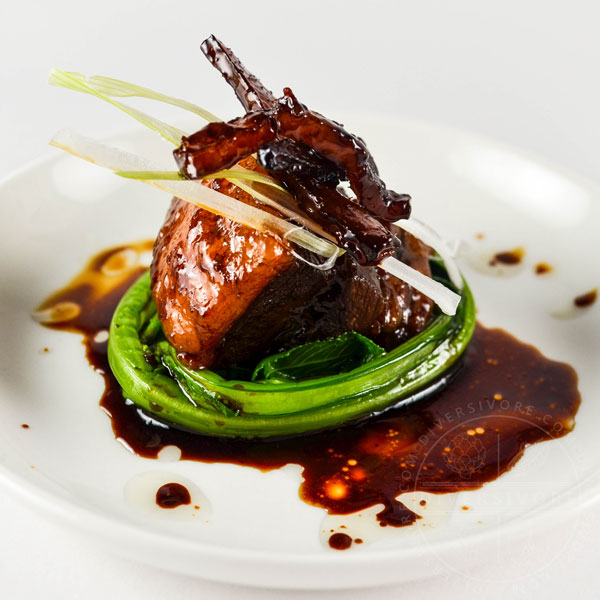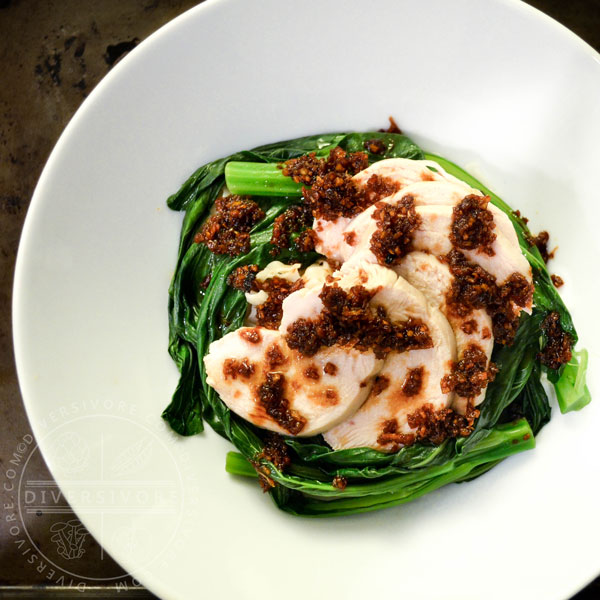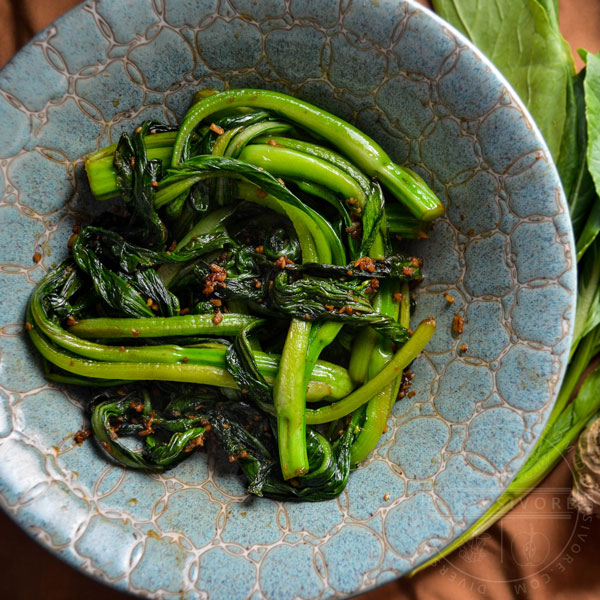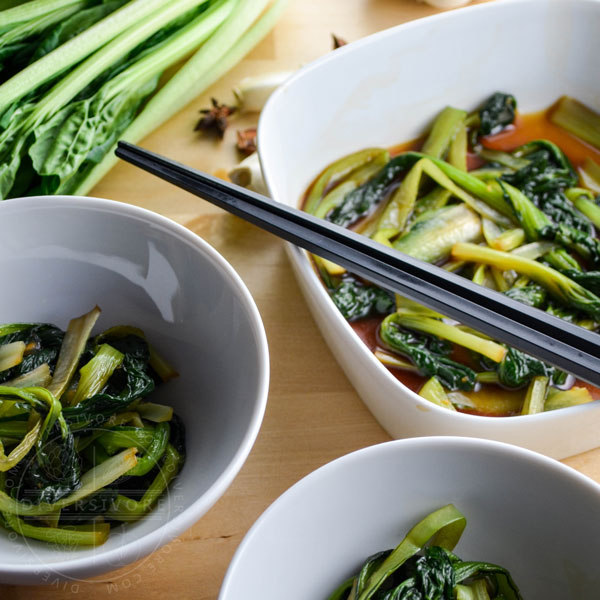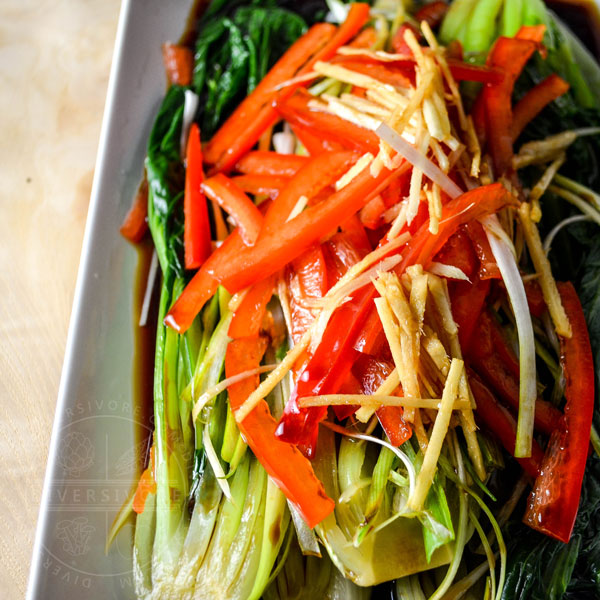How to Find, Choose, & Use
Choy Sum
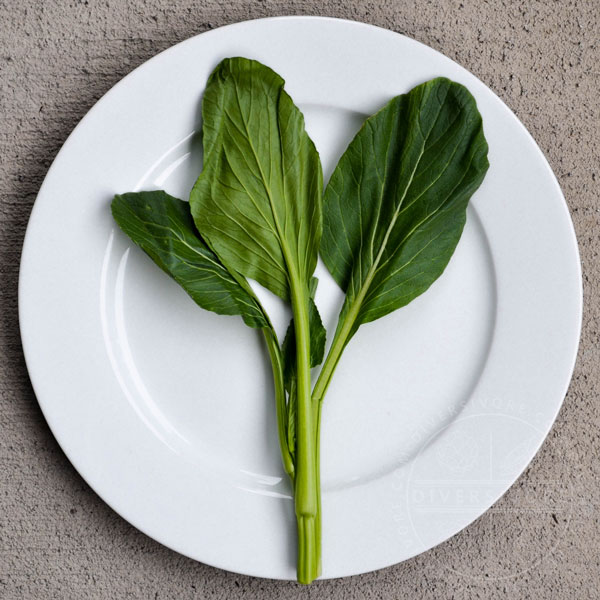
Share this Guide
The Basics
What Is It?
A leafy green member of the diverse Chinese cabbage group. Choy sum, while technically a Chinese cabbage, does not form heads, but instead forms bunches of long, thick stalks. Note that the term choy sum is sometimes applied to other vegetables too (see below for more on this).
Seasonality
Available YEAR-ROUND, but best in cool seasons.
Flavour Profile
Green/Sweet/Bitter; generally mild with a slight mustard-green flavour
Other Names
English: Chinese flowering cabbage, Chinese mustard, Chinese oil vegetable
Chinese: 油菜心 - yu choy, yau choy (sum) (Cantonese names commonly used in English); yóu cài (xīn), cài xīn (Mandarin). Note that some of these names are used in reference to closely related bok choy as well.
Choy Sum FAQs
Is Choy Sum Chinese Broccoli?
No, it isn't! That term is more commonly applied to gai lan. The two are similar in many respects, but distinct enough in flavour and cooking requirements.
Can You Eat Choy Sum Flowers?
Absolutely! The flowers are perfectly edible. It is worth noting however that many vegetables in the cabbage family can become quite bitter after flowering, so you might want to avoid plants that have produced a lot of flowers and/or tall flower stalks.
Are Choy Sum and Yu Choy Different?
Yes... sometimes. The term 'choy sum' means (and refers to) the tender inner heart of a young vegetable, while yu choy (meaning oil vegetable) refers to this plant in particular. Most of what is sold as choy sum is in fact yu choy sum, but there can be some confusion at times. Sometimes older, larger, less tender plants are simply sold as yu choy - but this too can be a bit of a loosely used term. Check out the 'Important Varieties' button in the Culinary Info section below for more detail.
How-To
Find
Chinese and pan-Asian grocery stores generally stock Choy Sum.
Choose
Look for bright, vibrant greens without obvious yellowing or damaged sections. Smaller stalks are generally milder and more tender.
Prep
Difficulty: Easy - Simply wash the greens and remove any damage and, if necessary, the dry cut ends of the stalks. You may want to cook leaves and stalks separately, though this is less of a concern than for vegetables like gai lan.
Use
Can be eaten raw, though far more commonly cooked.
Store
Short Term: Refrigerate (unwashed, 3-7 days in a breathable plastic bag in the crisper)
Long Term: Blanch in boiling water 2 mins, drain and rinse with cold water, then freeze.
Culinary Info
Flavour Profile
Mild/Sweet/Green - Smaller stalks (choy sum) are generally more tender and mild, while older, larger stalks often have a more pronounced bitter and/or sharp mustard-green flavour.
Substitutions
Plants sold as oil vegetable and edible rape are both closely related and excellent substitutes. Gai lan makes a fairly good substitute, as does bok choy, though both plants differ in terms of texture and cooking requirements.
Cuisines
Yu Choy/Choy Sum is a popular vegetable in a wide variety of Asian (especially Chinese) dishes. It’s often cooked and served as a green side dish, but may also be incorporated into a dish or pickled/preserved.
Flavour Pairings
As a fairly mild green, choy sum can be paired with a very wide variety of ingredients. Ginger, soy sauce, garlic, and other classic Chinese flavourings are popular but by no means the only possibilities.
Varieties
Size is the biggest factor to consider here, with smaller choy sum (vegetable ‘hearts’) having a milder, sweeter flavour than larger and more sharply mustard-like yu choy. For the record, they’re the same plant, just picked at different ages.
More Info
Nutrition
Exceptionally high in Vitamins A and C and moderately high in Calcium.Nutrition FactsYu Choy Sum - 100 g (3.5 oz)Amount Per ServingCalories 24% Daily Value*Sodium 24mg1%Carbohydrates 4g1%Protein 2g4%Vitamin A 10000IU200%Vitamin C 174.9mg212%Calcium 240mg24%Iron 1.6mg9%* Percent Daily Values are based on a 2000 calorie diet.Top-To-Tail
The entire above-ground portion of the young plant is eaten, including the leaves and stalks. The small flowers are also edible.
GMO Status
There is no GM or gene-edited choy sum in the human food supply. This plant and its relatives are monitored for potential GM cross-contamination (see note below)
Health & Science
- Exceptionally healthy and nutrient-dense
- Contains glucosinolates, which are chemical compounds that have demonstrated some cancer-protective benefits at low-to-moderate doses. Exceptionally high doses have been linked to thyroid dysfunction.Organic vs. Conventional
Both organic and conventionally grown choy sum are commercially available, though organic availability is often very limited regionally. It may be found through some niche retailers, or at farmers markets.
Yu Choy Sum Recipes
Share this Guide


